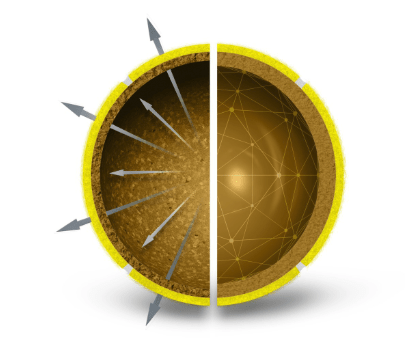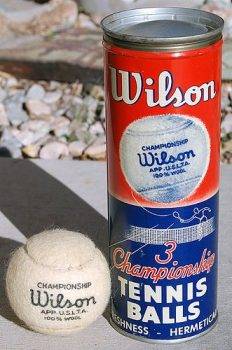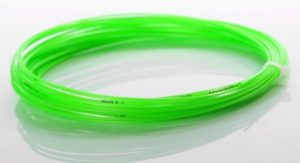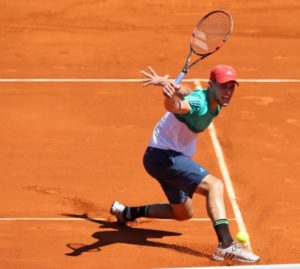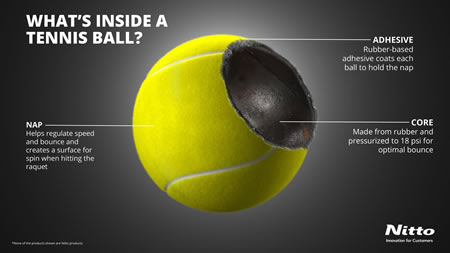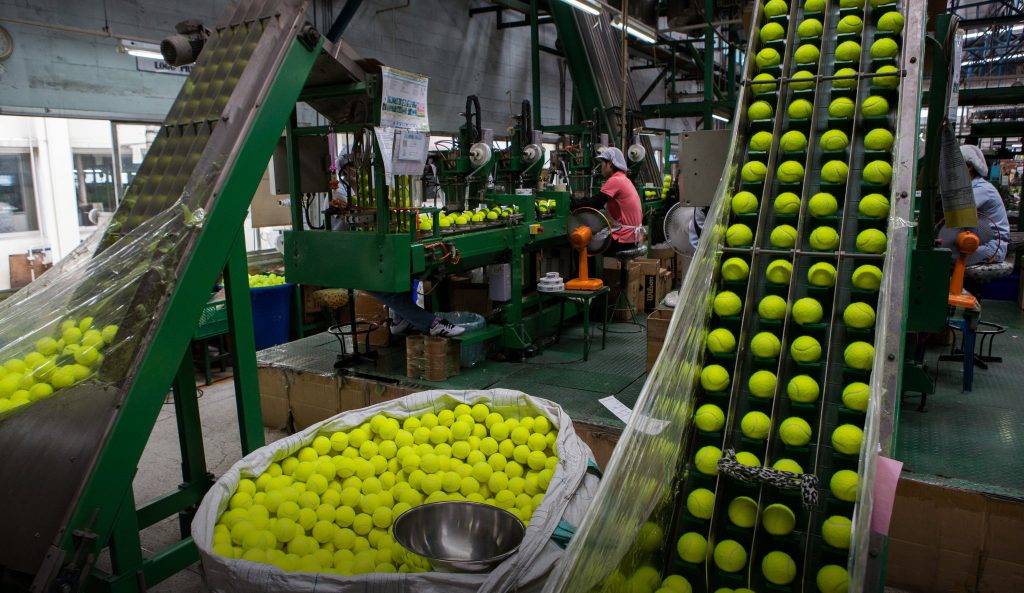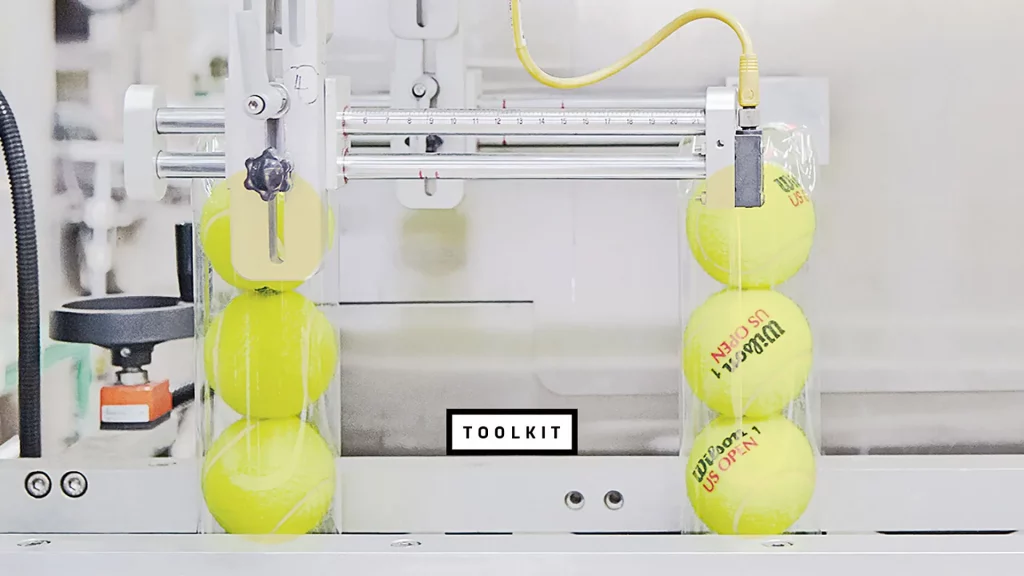Alex Mann is back with an interesting article about the history of tennis balls. This leads into how tennis balls are made.
The History of Tennis Balls
As the game of tennis has developed and changed, so have the tennis balls.
Before the creation of Lawn Tennis in the late 19th Century, its predecessor, Real Tennis, used balls made from leather stuffed with horse or dog hair or similar material such as wool.
During the late 1800s, lawn tennis used rubber tennis balls made by the Eagle India Rubber Company. To improve the quality and playing life of the rubber, the balls were covered with cloth before being filled with pressurized air.
Tennis balls were covered with white felt until 1972. The International Tennis Federation (ITF) introduced yellow felt-covered tennis balls to make the game more visible and easier to follow for television viewers. Wimbledon continued to use white balls until 1986.
Polyester strings changed the game
During the beginning of the new millennium, racquet technology, the introduction of polyester strings and the slowing down of court surfaces brought significant changes to the game. Tennis balls were no exception to this. Until 2002, one type of tennis ball was used. The ITF then introduced three variations.
The three balls weigh the same, but one is made using harder rubber, and one is slightly larger in diameter. These slight variations in tennis balls are still used today. For example, many hard-court tournaments use extra-duty tennis balls, while clay-court events usually use regular-duty ones. Using regular-duty balls with less fluff means there is less dirt and moisture for the balls to pick up from the clay courts; thus, the balls are less heavy.
Most of the ball variations have been a success on the professional tour. Many tournaments played at high altitudes use tennis balls filled with lower pressure than those at low altitudes. Air is less dense at higher altitudes, so the ball travels faster, making it harder for players to control their shots. This was evident at this year’s WTA Finals, where players used pressureless balls to combat the high altitude conditions of Guadalajara, Mexico.
Minimizing the difference between the surfaces
The changes implemented to minimize the differences between court surfaces have made it easier for players to adapt from hard to clay, clay to grass, and grass to hard. With court surfaces playing very similarly, this change has led to less game variety and fewer one-court player specialists.
Various branded balls are also used on the professional tour with the four majors and various suppliers. The Australian Open uses Dunlop as their supplier, while Roland Garros have used Wilson balls since 2019, taking over from Babolat. Wimbledon has used Slazenger balls since 1902, and the US Open has used Wilson balls since 1978.
At the 2022 US Open, there was controversy over the different types of balls the ATP and WTA players played. The US Open is the only major tournament with different balls for the WTA and ATP players. Some WTA players, including the world number 1, Iga Swiatek, criticized the tournament organizers for using lighter tennis balls for the women’s competition compared to the men, who use more durable balls.
If you want to find out about our favorite tennis balls, check out this post and video. We get our tennis balls from our partners at Tennis Warehouse or Tennis Warehouse Europe (or Tennis Only in Australia).
How modern tennis balls are made
A mix of premium, synthetic, and natural rubber creates a tennis ball. These ingredients are combined, folded, kneaded, and crushed by heavy metal rollers to create a soft, stretchy rubber material.
The rubber is then molded and shaped into half shells. They are placed in a hydraulic press, which creates a core. The cores are coated with an adhesive to strengthen them. The two half cores are filled with pressurized air to ensure a consistent bounce. They are then joined together with glue to form the inside layer of the tennis ball.
After the balls have been pressured, heat is used to harden the rubber. This process is known as vulcanizing. Once the balls have been vulcanized, they are sanded to create a rough surface. A coating of adhesive is added to help stick the yellow felt material to the balls’ surface. Yellow felt material gives the balls more spin, control, and durability. The felt material is cut and dipped into a latex glue solution. The felt is then wrapped and glued onto the balls by hand or machine.
Pressurized or not pressurized
After being unloaded onto a roller to squeeze out air bubbles, the balls undergo another vulcanization process. This hardens the balls for a final time and ensures the felt covering is securely bonded onto the inner rubber layer of the ball.
The balls are loaded into a steam machine and dried. This roughens and fluffs up the felt, which helps to extend their playability.
After the final stage of quality-control testing, the brand’s logo is inked onto the felt surface before the balls are packaged in pressurized tubes ready to be used on the court. This process ensures each tennis ball meets the high-quality standard that tennis players expect.
I hope you found this article about how tennis balls are made interesting! Is there anything else you would like to read about on Tennisnerd? Please comment below.

